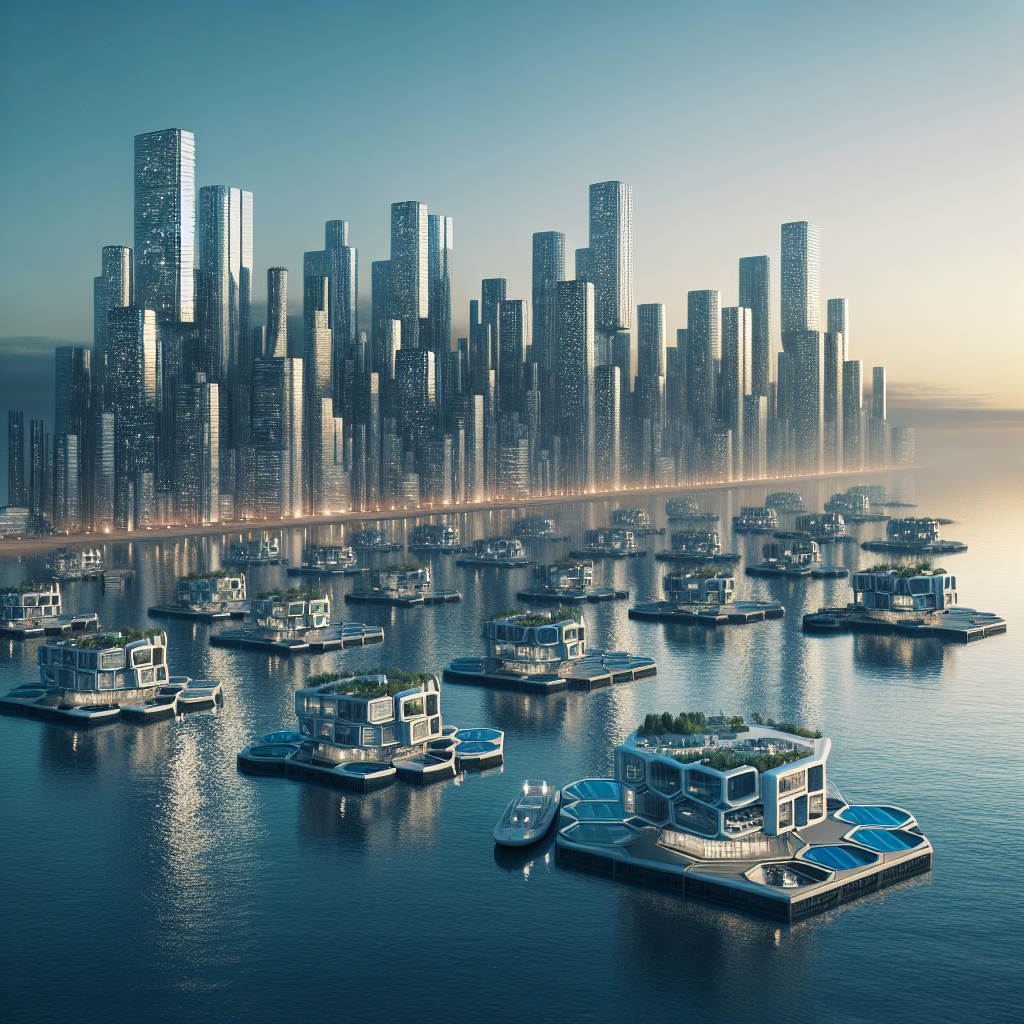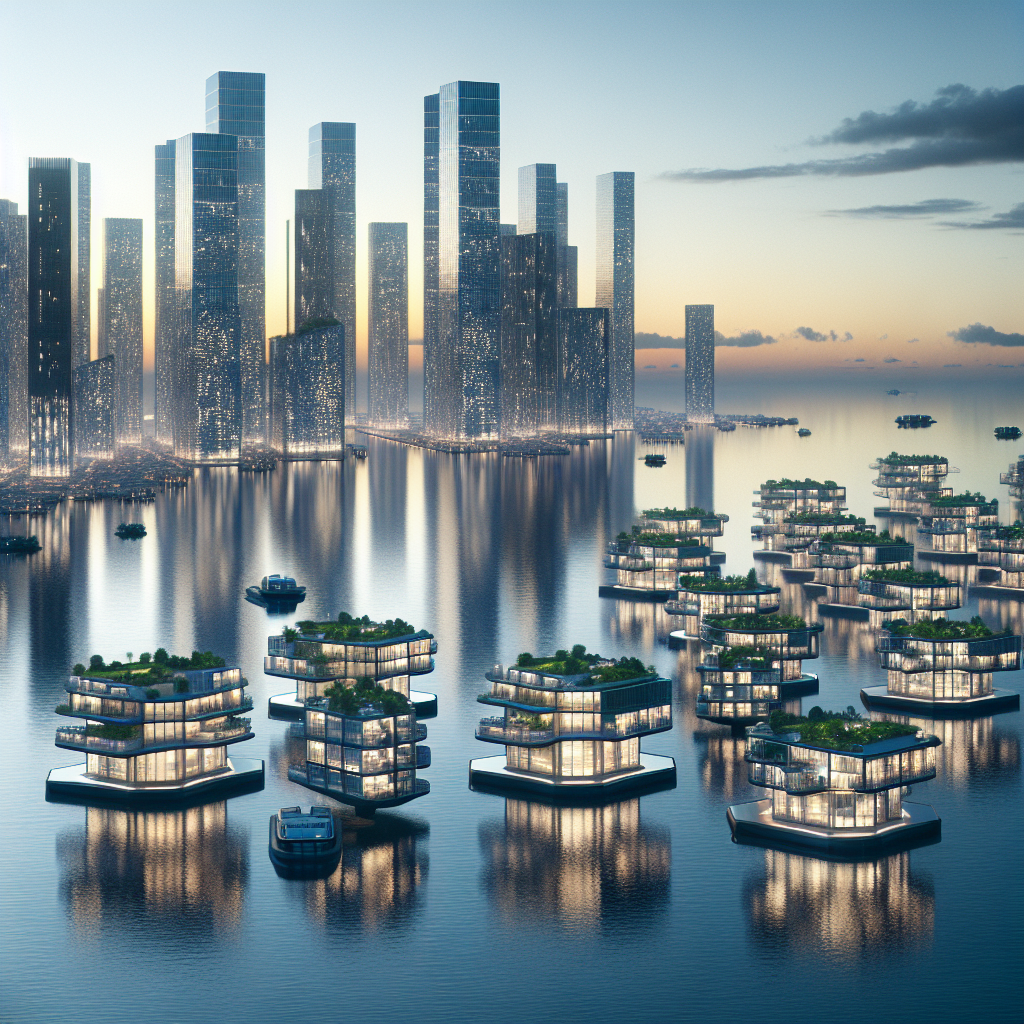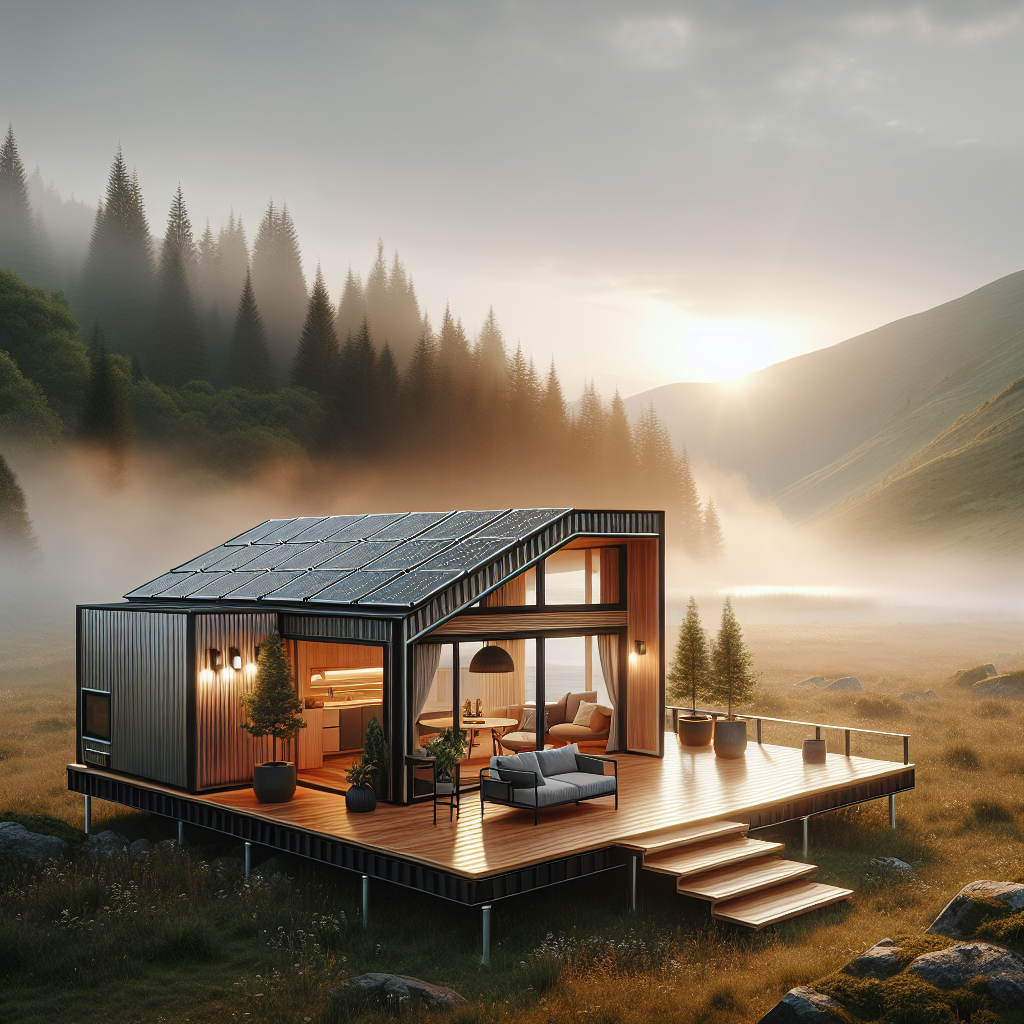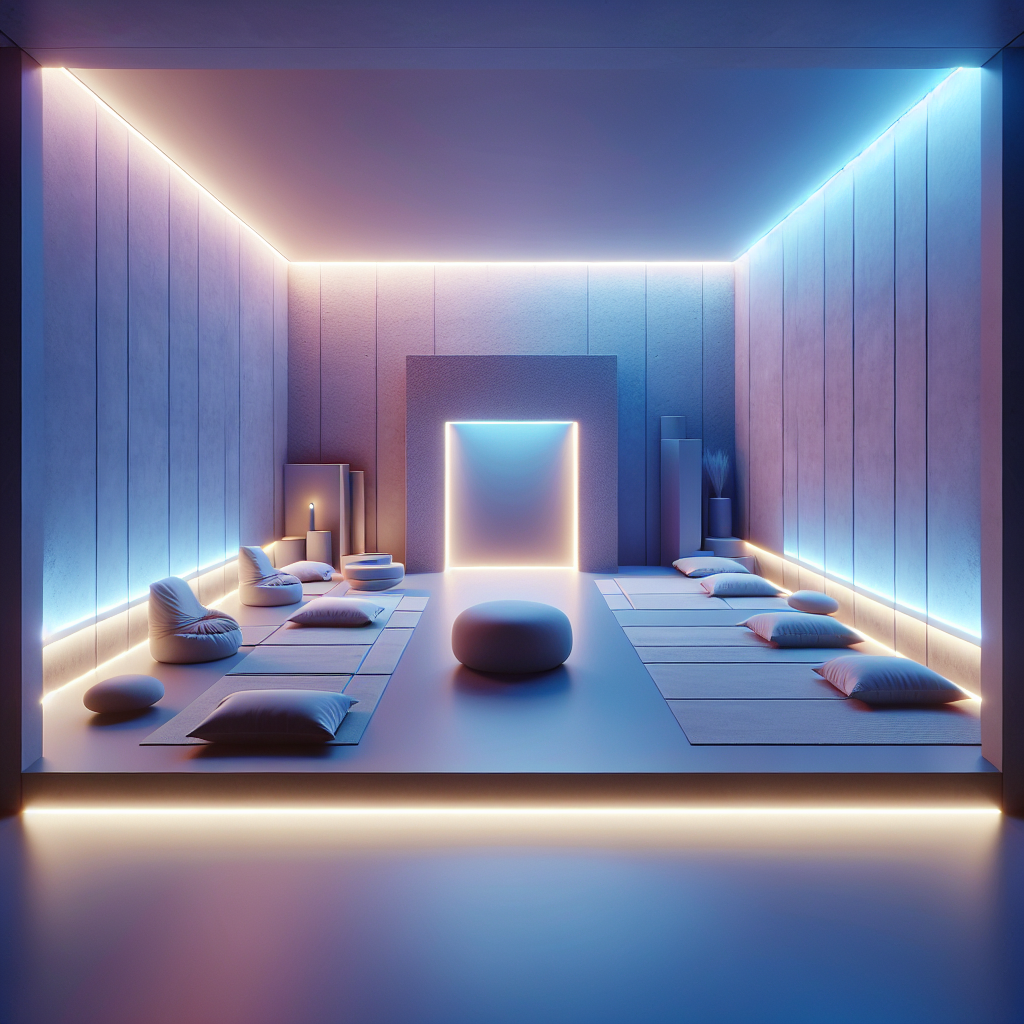Tidal illusions: structures built to shift with rising sea levels

Tidal Illusions: Structures Built to Shift with Rising Sea Levels
As the tides creep higher and coastlines redraw themselves, architecture is being forced into a new epoch—one defined not by permanence, but by adaptability. The notion of a static shoreline is vanishing, replaced by an architectural language that embraces motion, buoyancy, and transformation. These tidal illusions—structures designed to shift, float, or flex with the sea—represent a radical rethinking of how we inhabit the planet’s most vulnerable edges. They are not simply responses to climate change; they are poetic expressions of coexistence with nature’s volatility.
The Age of Amphibious Architecture
According to the Intergovernmental Panel on Climate Change, global sea levels have risen by approximately 20 centimeters since 1900, with projections suggesting an additional 30 to 60 centimeters by 2100. For architects, this is not an abstract statistic—it’s a design brief. The new frontier of amphibious architecture reimagines buildings as living systems that respond to fluctuating water levels rather than resist them.
In the Netherlands, where water management is a centuries-old art form, the Waterbuurt neighborhood in Amsterdam’s IJburg district exemplifies this philosophy. Designed by architect Koen Olthuis of Waterstudio.NL, the floating homes rise and fall with the tides, anchored by flexible mooring posts. Their sleek façades of glass and aluminum shimmer like liquid mirrors, blurring the line between built form and reflection. The interiors, finished in pale birch and soft textiles, evoke a sense of weightless calm—a deliberate counterpoint to the elemental instability outside.
This approach echoes the ideas explored in floating architecture, where the boundary between land and sea becomes a dynamic threshold rather than a fixed divide. The result is an architecture that breathes with the ocean, its rhythm dictated by the moon’s gravitational pull.
Engineering for Fluid Futures
Designing for water is as much an engineering challenge as it is an aesthetic one. Materials must resist corrosion, foundations must flex, and utilities must adapt to unpredictable conditions. The architectural firm BIG (Bjarke Ingels Group) has been at the forefront of this movement, with projects like Oceanix Busan—a prototype for a floating city developed in collaboration with the United Nations. The modular hexagonal platforms can support housing, agriculture, and energy systems, all powered by renewable sources. Each platform interlocks like a honeycomb, ensuring stability while allowing for organic expansion.
Such projects are not merely futuristic fantasies. They are grounded in the principles of ecological resilience—the capacity of systems to absorb disturbance and reorganize while retaining function. This ethos resonates with the growing interest in resilient building design, where adaptability becomes the ultimate form of sustainability.
In Southeast Asia, where monsoon cycles and typhoons shape urban life, Vietnamese architect Vo Trong Nghia has developed floating bamboo pavilions that combine vernacular wisdom with contemporary form. The structures, composed of interwoven bamboo ribs and waterproof membranes, flex gently with the wind and water. At night, they glow like lanterns adrift on the surface—ephemeral yet enduring.
Designing for the Sublime: A New Aesthetic of Impermanence
Beyond engineering, tidal architecture invites a profound aesthetic shift. The modernist pursuit of permanence—of concrete, steel, and immovable mass—is giving way to an appreciation for impermanence and fluidity. The Japanese concept of ukiyo, or “the floating world,” finds new resonance here: beauty lies in transience, in the dance between solid and liquid states.
Architects are now designing façades that ripple like water, using kinetic panels and reflective materials to simulate tidal motion. In Copenhagen, Studio Olafur Eliasson’s “Fjordenhus” appears to emerge directly from the harbor, its brick arches refracting light across the water’s surface. Inside, the interplay of shadow and reflection transforms each tide into a new spatial experience—a literal manifestation of tidal illusion.
This fascination with fluidity extends to interiors as well. Designers are incorporating organic forms, undulating ceilings, and translucent partitions that mimic the behavior of water. The effect is immersive, evoking the serenity of submersion without the threat of inundation. It’s a sensibility that aligns with the principles of biophilic design, where connection to natural cycles enhances psychological well-being.
Floating Cities and the Politics of Adaptation
While the visual poetry of these projects captivates, their implications are deeply political. Coastal megacities—from Jakarta to Miami—face existential threats from rising seas. The World Bank estimates that by 2050, over 800 million people could be affected by coastal flooding. Architects, urban planners, and policymakers are thus collaborating to create adaptive infrastructures that merge design innovation with social equity.
Jakarta’s “Great Garuda” project, for instance, envisions a vast sea wall shaped like the mythical bird, enclosing a series of artificial islands designed to house millions. Yet critics argue that such monumental interventions risk privileging the wealthy while displacing vulnerable communities. In contrast, smaller-scale, community-driven floating neighborhoods—like those emerging in Bangladesh’s flood-prone regions—offer a more inclusive model. Built from local materials and traditional boat-building techniques, these settlements demonstrate that resilience can be both high-tech and deeply human.
These debates echo the questions raised in design strategies addressing climate migration, where architecture becomes a tool for social adaptation as much as environmental survival.
Technological Symbiosis: Smart Systems for a Liquid World
Technology is increasingly integral to this new maritime urbanism. Sensors embedded in floating foundations monitor structural stress, salinity, and wave patterns in real time. AI-driven systems adjust ballast levels to maintain equilibrium, while photovoltaic membranes harvest solar energy from the water’s surface. These innovations align with the broader trajectory of AI in architecture, where data and design merge to create responsive environments.
Some architects are even experimenting with self-healing materials that can repair microcracks caused by saltwater exposure, drawing inspiration from biological processes like coral regeneration. The convergence of biomimicry and digital fabrication is enabling structures that not only survive but evolve—living architectures for a changing planet.
Reframing Permanence: The Poetics of the Possible
To design for the tides is to accept uncertainty as a design parameter. It demands humility and imagination—a willingness to let go of the illusion of control. The emerging discipline of tidal architecture is not about resisting nature but collaborating with it, crafting spaces that rise, drift, and transform in harmony with their environment.
In this light, the future of coastal living may not be about retreat, but about reinvention. Cities may float, buildings may sway, and foundations may breathe. What was once seen as instability becomes a new kind of equilibrium—an architectural choreography performed on the stage of the sea.
As the planet’s waters continue to rise, these tidal illusions remind us that resilience can be beautiful, and that the architecture of tomorrow may be less about anchoring ourselves to the earth, and more about learning to move gracefully with its tides.
Keywords: tidal architecture, floating cities, amphibious design, resilient architecture, climate-adaptive structures, rising sea levels, sustainable coastal design








